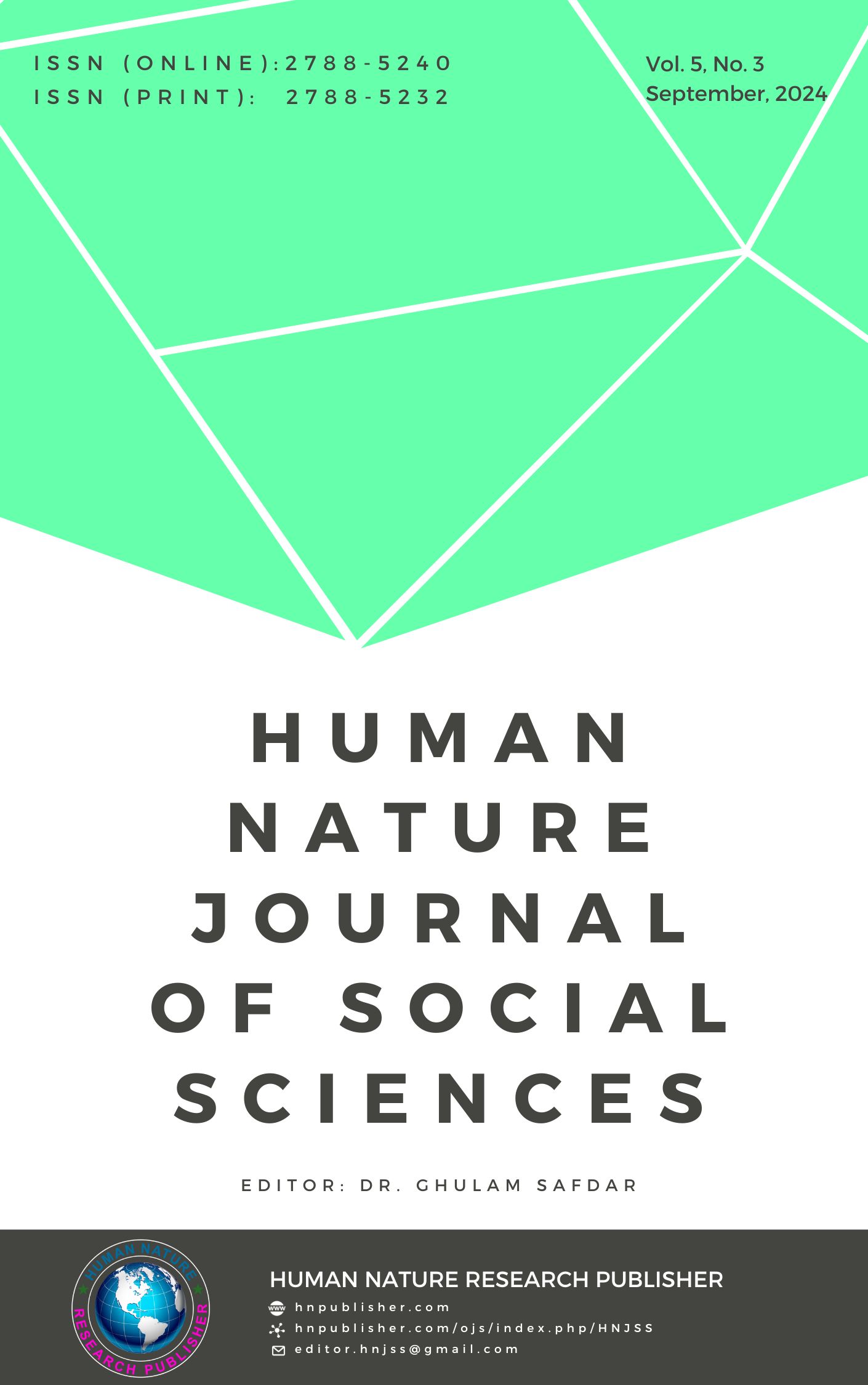Helicopter Parenting, Emotional Regulation, and Mental Health among University Students
DOI:
https://doi.org/10.71016/hnjss/q4ag8q88Keywords:
Helicopter Parenting, Emotional Regulation, Mental Health, University StudentsAbstract
Aim of the Study: This study investigated the relationship between helicopter parenting, emotional regulation, and mental health among university students.
Methodology: Cross-Sectional Survey Research Design was used to gather data. University Students were the targeted population for the study. Participants were recruited through a random sampling technique. A Random Convenient sampling technique was used to collect data.
Findings: The findings of this study showed that there is a non-significant relationship between helicopter parenting and mental health. It shows that living areas have little bearing on a university student's ability to control their emotions or maintain good mental health. Results imply that university students are emotionally affected based on gender. Findings have also indicated that helicopter parenting, emotional regulation, and mental health do not have significant differences in urban and rural areas.
Conclusion: It was concluded that there is a non-significant relationship between helicopter parenting, emotional regulation, and mental health.
Downloads
Published
Issue
Section
License
Copyright (c) 2024 Mehwish Asif, Ali Imran Zafar Kahlon, Dr. Muneeb Ahmed Toor (Author)

This work is licensed under a Creative Commons Attribution-NonCommercial 4.0 International License.








